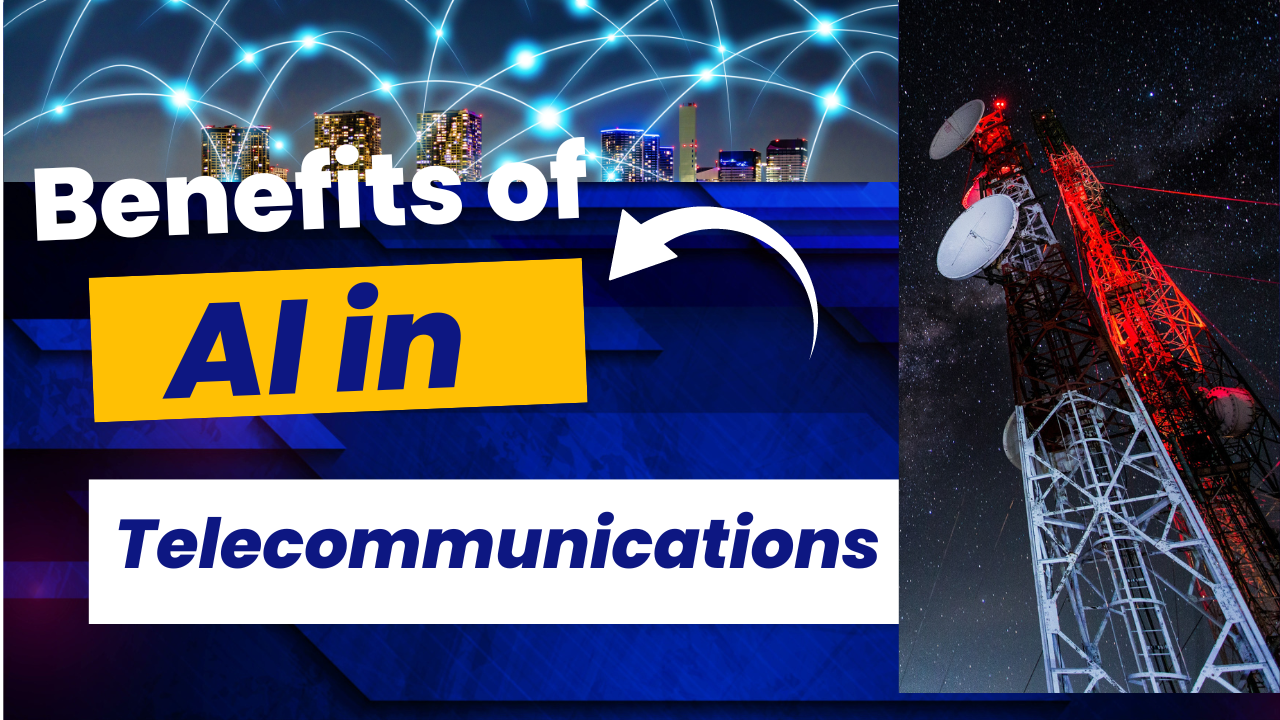
ICTpost Health IT Bureau
Usability and reliable connectivity is critical in the widespread adoption of connected medical devices. The ability for patients and providers to collect, access, and share data seamlessly, regardless of the product brand or wireless connection, will increase confidence and the application of connected medical devices, thereby helping consumers and providers better manage personal health and wellness.
The network connectivity is a major component of rural e-Health setup. So far it has been the most difficult and expensive to manage. In a sparsely populated area, it becomes very expensive to use wireline technologies, and cellular phone companies cannot recoup their investments. However, global R&D is producing some innovative technologies which can address these pressing issues.
The vital component of e-Health is mobile hardware, which can be taken into patient?s dwellings and has support for network access, software for accessing records with some decision support built in, reliable network which is low cost and connects mobile workers to the central base or a national grid, and most importantly the power source, for providing electricity in remote areas.
There are more encouraging examples in the Indian context. Voxiva is piloting projects in India, after successful deployment in Peru and other developing countries. They are promoting the use of phones instead of PCs to enter healthcare information at remote rural sites. This system can be used to enter basic patient information or any disease outbreak warnings by just calling-in.
Researchers at IIT Chennai are working towards deploying Internet kiosks in villages. A combination of wireline and wireless systems would enable connectivity with central servers and data storage. Using thin clients, users can access a central server and provide connectivity to business applications, Internet and e-mail. The project would involve local entrepreneurs to operate and manage these kiosks and earn profit over services delivered through them. A similar model has been successfully demonstrated by ITCs e-choupal project.
How to power change
The biggest challenge is not the hardware and software, but the policy and practices within health care systems. There are still challenges in finding the right place to use these technologies in health care, challenges in policy and payment for providers who wish to participate, and challenges in making it easy for providers to fully leverage these technologies for their patients. Consumers are way ahead of their providers and health systems in the use of this technology.
Lack of reliable and quality electricity is an infrastructural bottleneck in rural areas of developing economies like India. Every technology deployment has to address the power requirements before it can be made sustainable. The problem is acute for mobile devices since they are unable to utilize many of the available alternative energy sources. Also, the options have to be cost effective to be successful. Both solar power and fuel cells could be ruled out for this reason. Some concepts that are available include:
There are many technologies that are either in research stage or pilot testing phase, which can address any of the four components for rural e-Health in emerging economies. Any integrator who could bring these technologies together around an e-Health application would not only be able to provide quality healthcare delivery to millions of people, but would also lay the foundation of a medical communication network. This requires high initial capital investment, collaboration with multiple agencies, clear ROI assumptions and measurable project outcomes. It is right to assume that with the limited healthcare-IT deployment in urban centers, it is very difficult to push it in the rural centers. But the fact is the potential benefit of e-Health in a medically underserved area is much greater, so as to justify the investment. editor@ictpost.com







